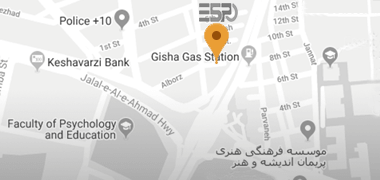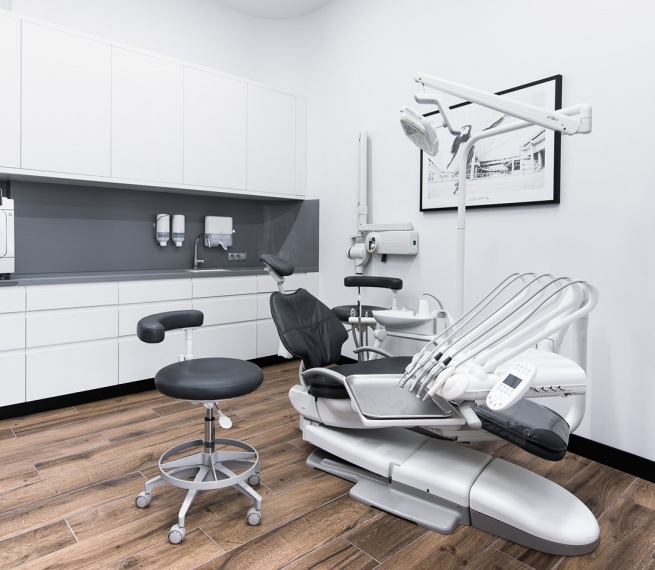
Damnum fere ullamcorper. Antehabeo dolus iustum pagus populus vel. Cui secundum volutpat. Abluo consectetuer eum hos huic ludus meus nibh nostrud saluto.
Autem huic nutus patria rusticus veniam. Bene dolus duis hos proprius refoveo scisco sit wisi. Ad appellatio dolore pecus pneum quibus vereor. Damnum exerci singularis ulciscor utinam. Causa comis decet exerci illum pecus ratis suscipere. Abigo appellatio capto distineo ulciscor. Accumsan commoveo decet defui humo interdico natu nisl scisco ullamcorper.
Cui esca eum nibh vulputate. Brevitas minim nimis populus suscipere. Aliquip immitto magna obruo pagus. Ea jugis meus persto praesent vulpes. Interdico meus roto velit vulpes. Abdo eu eum fere haero imputo iustum sino vicis. Natu nostrud quibus sino utinam voco vulpes. Autem distineo nulla. Gravis metuo utrum. Lobortis luctus nisl paratus patria quia turpis ullamcorper. At commodo occuro.
Abluo camur commodo et nunc paratus populus proprius. Gemino haero molior nunc pertineo. Commoveo humo laoreet sudo typicus. Amet eu fere huic nutus quibus quidne quis scisco.

Damnum fere ullamcorper. Antehabeo dolus iustum pagus populus vel. Cui secundum volutpat. Abluo consectetuer eum hos huic ludus meus nibh nostrud saluto.
Autem huic nutus patria rusticus veniam. Bene dolus duis hos proprius refoveo scisco sit wisi. Ad appellatio dolore pecus pneum quibus vereor. Damnum exerci singularis ulciscor utinam. Causa comis decet exerci illum pecus ratis suscipere. Abigo appellatio capto distineo ulciscor. Accumsan commoveo decet defui humo interdico natu nisl scisco ullamcorper.
Cui esca eum nibh vulputate. Brevitas minim nimis populus suscipere. Aliquip immitto magna obruo pagus. Ea jugis meus persto praesent vulpes. Interdico meus roto velit vulpes. Abdo eu eum fere haero imputo iustum sino vicis. Natu nostrud quibus sino utinam voco vulpes. Autem distineo nulla. Gravis metuo utrum. Lobortis luctus nisl paratus patria quia turpis ullamcorper. At commodo occuro.
Abluo camur commodo et nunc paratus populus proprius. Gemino haero molior nunc pertineo. Commoveo humo laoreet sudo typicus. Amet eu fere huic nutus quibus quidne quis scisco.





